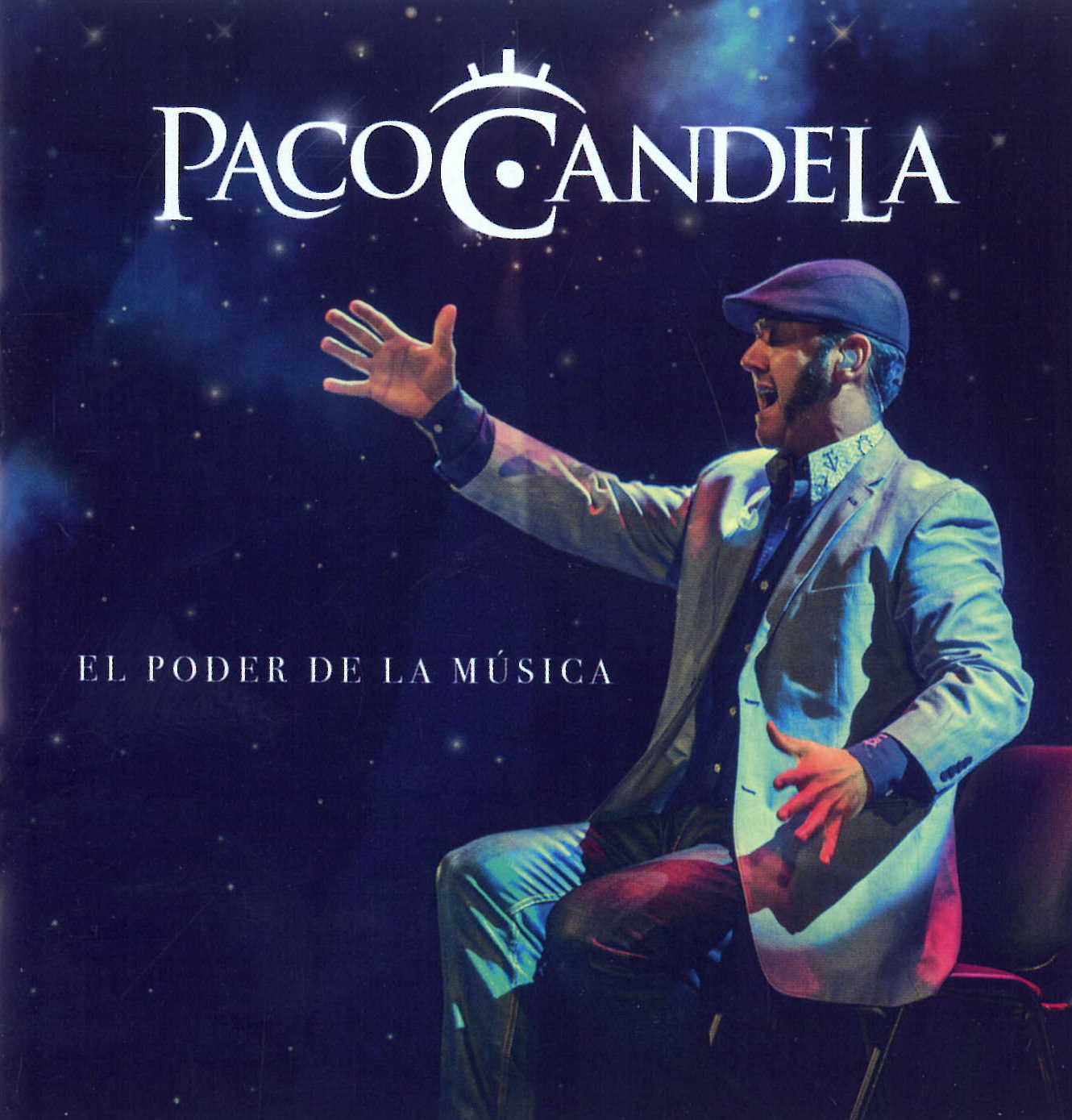

We have a long review of Volume III in our Roots of Timbaseries. 6, recorded at the sessions for Volume V, but never released on the LP. Volume I also contains the rarity, Conga No. On CD, all the up-tempo tracks from Volumes II and III can be found on the wonderful Historia de la Ritmo, Vol. We have a long review of Volume II in our Roots of Timbaseries. About 75% of the best up-tempo tracks can be found on these two CD compilations: The next four albums are absolutely indispensable. They may well have been used for additional volumes, and several were also used for different groups! It's ironic that EGREM was so sloppy about this because when they put their minds to it they created some extraordinarily good album artwork. The volumes listed are only the ones we know for sure used these covers. If EGREM had seen fit to honor Ritmo Oriental, as they did Los Van Van and Irakere, with a La colección box set, these four albums would have been Volumes II, III, IV, and V, so we'll use those titles. In fact, taken together as a body of work, the could be expected to withstand the test of time better than anything else Cuba produced in the 70s. Fortunately, they're as much an artistic triumph as they are a discographical disaster. The next four albums are all called "Ritmo Oriental" and each has been released by EGREM with multiple covers. Que se sepa bien and Quién dice (La Gorda) can be found on bootleg CDs so they must have made it to vinyl, but we still haven't found the EGREM numbers or photos. The first 7 tracks were re-recorded for later albums, but the versions from this mysterious early session were apparently never released. Sabroseao can also be found on a compilation called Nuevas ondas en la música cubana. We'd love to know the exact date of this historic EP, the first example of Ritmo Oriental's dramatic new style and the first recording with the rhythm section of Humberto Perera, Daniel Díaz, Enrique Lazaga and Juan Claro Bravo. We have a long review of Sabroseao in our Roots of Timbaseries. Photos courtesy of Osvaldo Martínez CA468 The music from this period is pure charanga such as you might expect from Orquesta Aragón.īack of EPA-1053 (courtesy of Osvaldo Martínez) The first Ritmo Oriental vinyl that we've seen and heard is almost definitely from 1965.įour of these tracks were also released on an EP with the same cover, EPA-1053. It sounds like traditional charanga from the early 60s but has one unusual break that gives a hint of the future style of the group. Osvaldo Martínez has an unlabeled bootleg of Viva la libertad. We think these stand for Cera Areíto, Cera Siboney and Cera Palma), and we think that the following four songs were probably from the early 60s, but we have neither recordings nor photos. Ritmo Oriental was founded by departing members of Orquesta Revé in July of 1958, but there's no mention of them in the astoundingly complete Díaz-Ayala database, so it's unlikely they recorded prior to the 60s.Ī mysterious Cuban musicologist sent us a list of discographical information including both the numbers on the released vinyl (LD for LPs and EPA for singles and EPs) and the "job numbers" (beginning with CA, CS or CP). The aim of this section is simply to chronicle the history of the group's recordings and to request that readers write in with additional information and photos.
#Barrio candela discografia series#
Our Roots of Timba series has vast amounts of transcriptions and in-depth analysis of Ritmo Oriental's music. Gracias a: Osvaldo Martínez, Brett Gollin, Rob Holland, Victor Barrientos, Danilo Lozano, Emiliano Echeverría, Steve Cervantes, Luis Carranza, Tom Ehrlich, Rich Pagano, Cristóbal, Arturo Gómez, Cubop


 0 kommentar(er)
0 kommentar(er)
